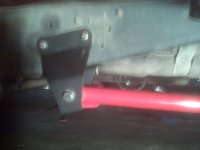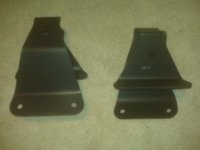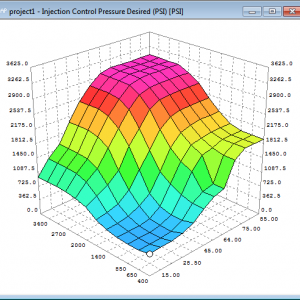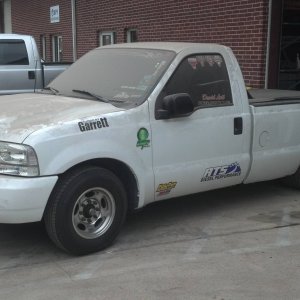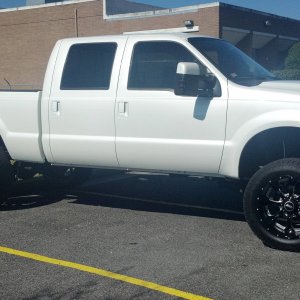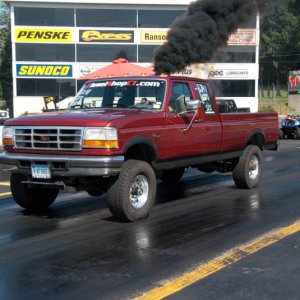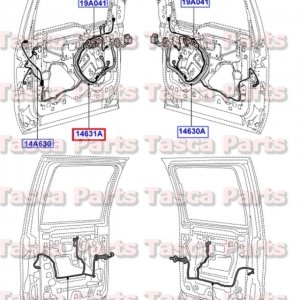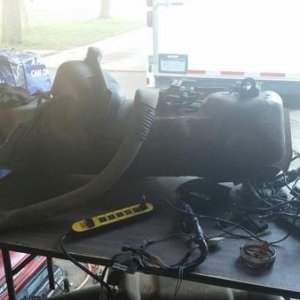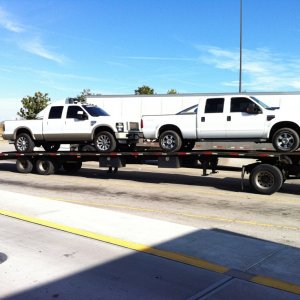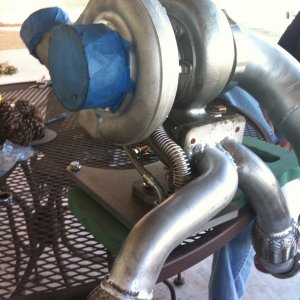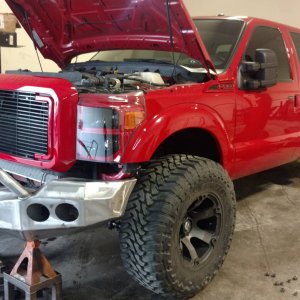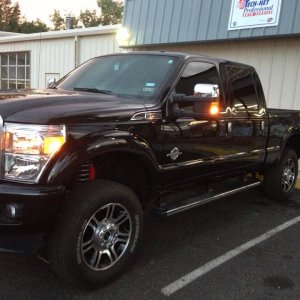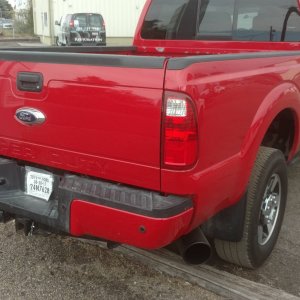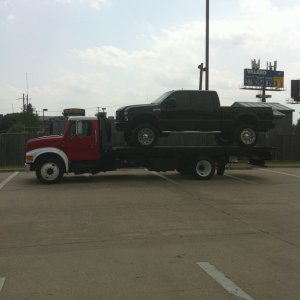TrailerHauler
Active member
Then why is it the driveshaft has slip joints to allow an in and out motion as it moves through the suspension cycle? The bars should do the same thing. Same reason the leaf springs are mounted in this way. I think the way to kind of "cheat" away from that is to make the bars exceptionally long, but at some point they will still be binding suspension travel. I'm sure for a sled puller who wants a rigid setup that'd be great, but try articulating the suspension, I'd like to see what happens. It may be enough movement for most, but for some it's certainly going to limit travel no? I'm not knocking this, more asking what usable travel is left. For most guys it may not even matter.
Let me start by saying I'm in no way an expert on this subject, more or less just putting in my $.02. If you think about how the suspension travels, when the leaves compress, or the axle moves up towards the frame the leafs flatten out and move rearward towards the shackle which is why its there (to allow the leafs to grow in length, when their arch decreases or the leafs flatten) . So when the leafs compress and flatten out the whole axle moves rearward a little, which would cause your drive shaft to grow in length at the slip joint. If you drew an imaginary line of the arch that the traction bar makes, as it goes towards the frame or up, the rear joint also moves rearward when compared to a reference point on the frame. So the way I understand it is that the traction bar would follow the small movement the axle makes rearward when the suspension is compressed. Hope that makes a little sense, that's the best I could explain my thinking.

